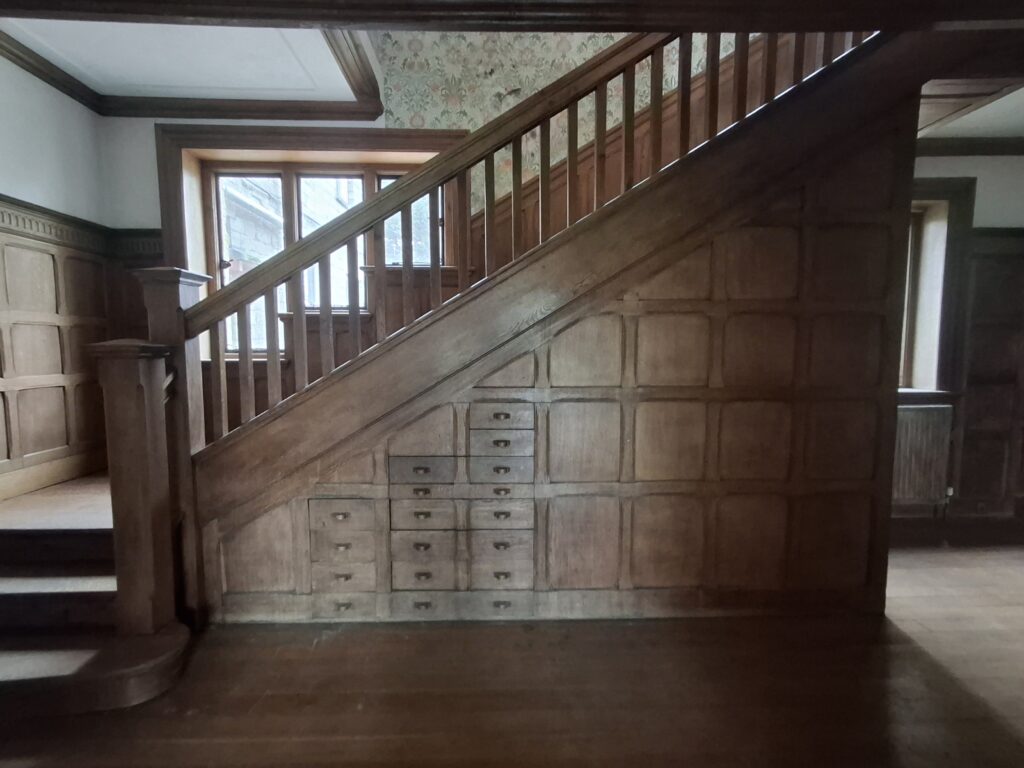Ascending Through Time: The Captivating History of the Staircase

We often take for granted the simple act of climbing stairs, yet these architectural elements have a long and fascinating story to tell, evolving from mere functional steps to breathtaking works of art. As a sales manager for a building surveyor, I’ve had the privilege of witnessing how historical features, particularly staircases, can define and elevate a property. So, let’s embark on a journey through the ages, exploring how staircases have shaped our homes and our history.
The story begins in the ancient world, long before grand palaces and elaborate designs. Early staircases were born of necessity; simple steps carved into hillsides or stacked from rough stones, allowing our ancestors to navigate uneven terrain. Imagine the earliest settlements, like Çatalhöyük, where rudimentary stairways, dating back thousands of years, provided access to different levels of dwellings. As civilizations progressed, so did the sophistication of staircases. In ancient Egypt and Mesopotamia, they took on a monumental scale, becoming integral to the awe-inspiring pyramids and ziggurats. These weren’t just practical structures; they were symbolic, representing ascension to the heavens, a physical manifestation of spiritual aspirations.
The medieval period brought a shift in design, driven by both practicality and defence. The spiral staircase emerged as a dominant form, particularly in castles and fortifications. Its compact design and strategic advantages made it ideal for these structures. Picture the winding stone staircases of medieval fortresses, designed to impede attackers, providing a crucial defensive edge. Simultaneously, in the bustling townhouses of the era, stairways facilitated the movement of goods to upper storage areas, proving their essential role in daily life.
Then came the Renaissance, a period of artistic rebirth and a renewed appreciation for beauty. Staircases were no longer just functional; they became expressions of wealth and status. Architects began to craft wide, sweeping staircases with ornate balustrades and intricate stonework, transforming them into focal points of grand palaces and residences. Think of the opulent staircases of Renaissance Italy, where symmetry and proportion were meticulously considered, elevating these structures to works of art. Leonardo da Vinci, among others, contributed to this transformation, infusing staircases with artistic principles.
The Industrial Revolution ushered in an era of unprecedented innovation, bringing new materials and techniques that revolutionised staircase design. Metal and concrete allowed for more diverse and daring forms, paving the way for open, cantilevered, and floating staircases. This period marked a departure from traditional designs, pushing the boundaries of what was architecturally possible.
Today, staircase design continues to evolve, reflecting contemporary values and aesthetics. Minimalism, sustainability, and cutting-edge technology are driving forces, leading to the creation of stunning modern designs. Imagine floating staircases that seem to defy gravity, glass balustrades that create a sense of transparency, and hidden structural supports that enhance the visual appeal.
For homeowners and property enthusiasts, understanding this rich history can provide valuable insights into the architectural character of their properties. Whether you reside in a historic home with a grand staircase or a modern residence with a sleek design, appreciating the evolution of these structures can deepen your connection to your living space. And as building surveyors, we recognise the importance of preserving and maintaining these architectural treasures, ensuring that the stories they tell continue to inspire for generations to come.
Search
Recent Posts
Let's Have a Chat
Looking for professional homebuyer and building surveys? Contact Dundas today!